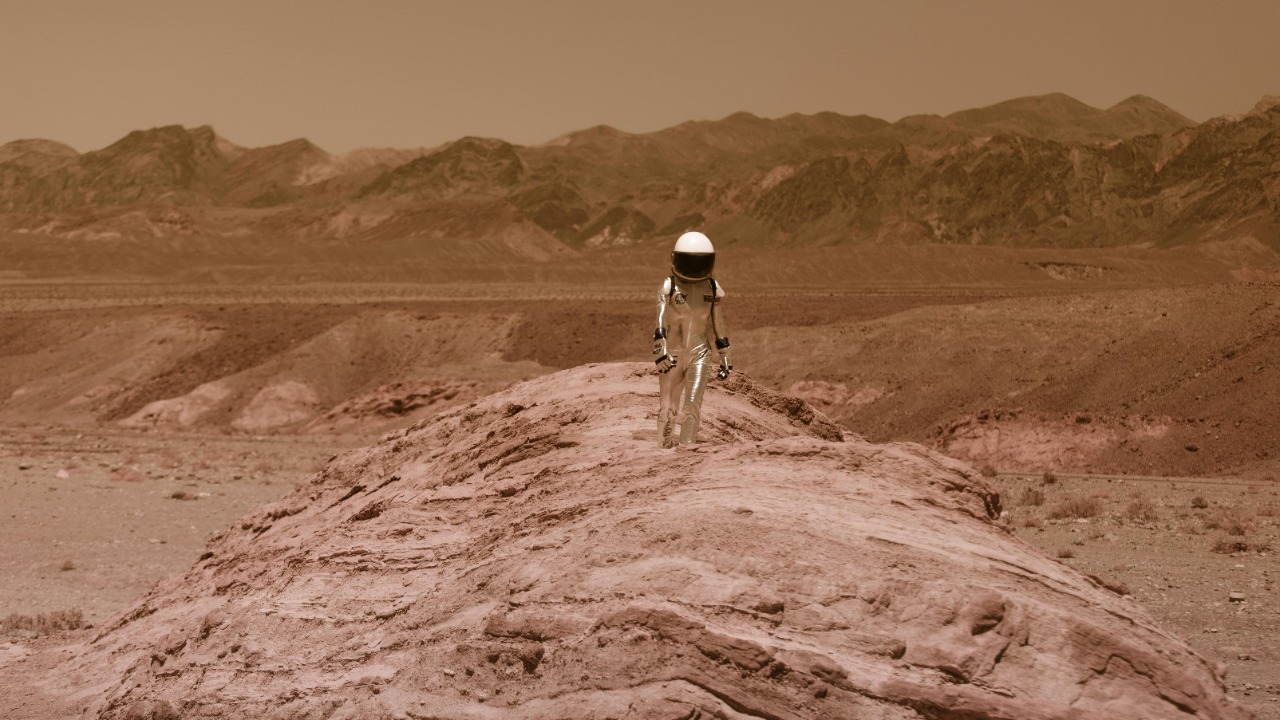
NASA has continued to captivate the world with groundbreaking discoveries despite facing significant budget constraints. As financial pressures mount, NASA’s recent achievements in space exploration and scientific research provide a beacon of optimism and curiosity. These developments highlight the agency’s resilience and innovative spirit, even as it navigates the challenges posed by potential funding reductions.
Recent NASA Discoveries

NASA’s latest missions have yielded remarkable scientific findings, showcasing the agency’s ability to push the boundaries of space exploration. Among these discoveries is the detailed analysis of the Martian surface, which has provided new insights into the planet’s geological history and potential for past life. The Perseverance rover, equipped with advanced scientific instruments, has played a crucial role in collecting and analyzing soil samples, revealing the presence of organic compounds that suggest Mars may have once harbored life.
In addition to Mars exploration, NASA’s James Webb Space Telescope has revolutionized our understanding of distant galaxies and exoplanets. The telescope’s unprecedented sensitivity and resolution have allowed scientists to observe the atmospheres of exoplanets, identifying key chemical signatures that could indicate the presence of life. These technological advancements underscore NASA’s commitment to expanding our knowledge of the universe, even as it faces financial challenges.
Impacts of Budget Cuts on NASA
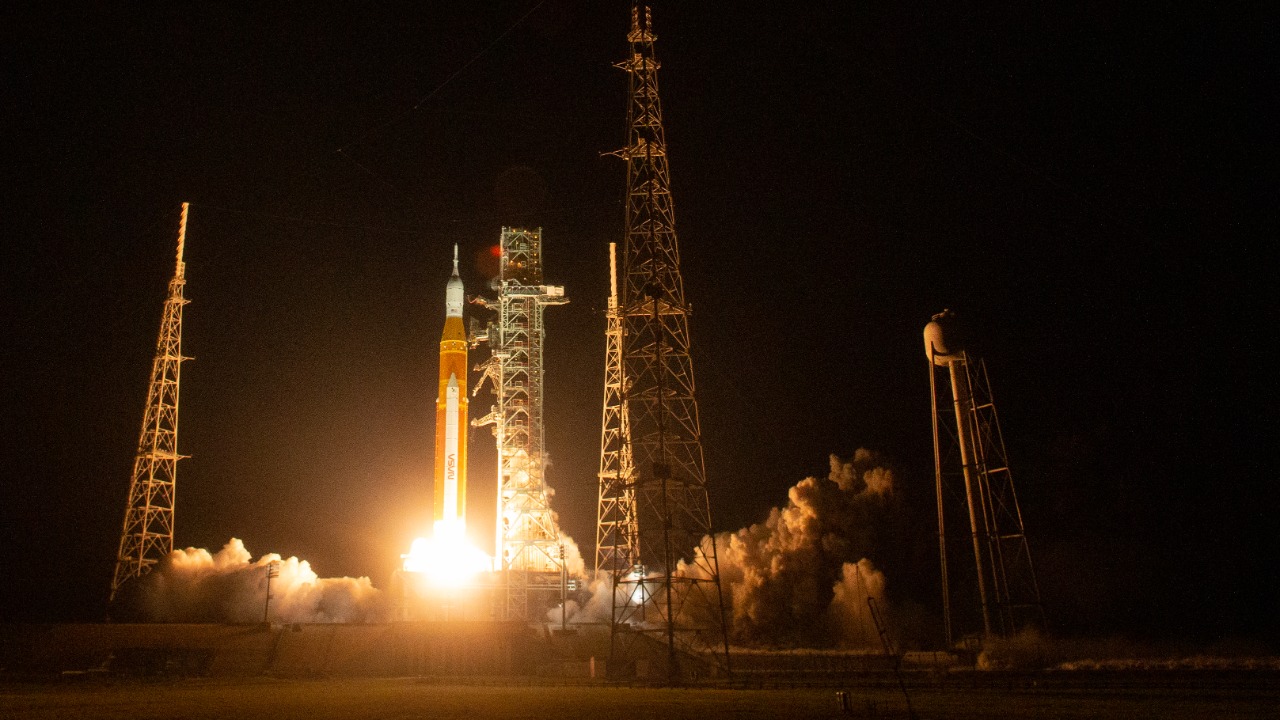
The looming budget cuts pose a significant threat to NASA’s future projects and initiatives. According to Silicon Republic, these financial constraints could jeopardize several critical programs, including the Artemis mission, which aims to return humans to the Moon. The potential reduction in funding may lead to delays or cancellations of key projects, hindering NASA’s ability to achieve its long-term exploration goals.
Specific programs at risk include the development of new spacecraft and the continuation of international collaborations. The budget cuts could also impact NASA’s workforce, leading to potential job losses and a reduction in research capabilities. These challenges highlight the need for strategic planning and resource allocation to ensure that NASA can continue its mission of scientific discovery and exploration.
Public and Scientific Community Reactions
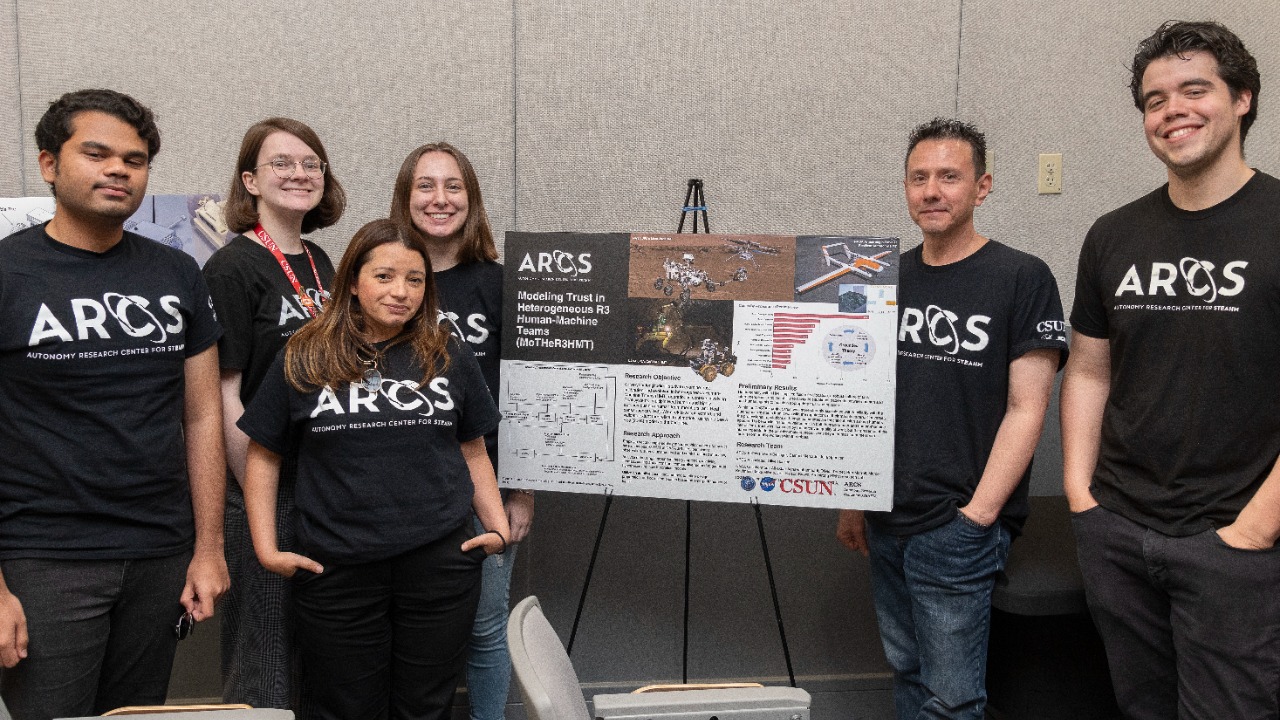
The public and scientific community have expressed strong support for NASA’s achievements, recognizing the importance of continued investment in space exploration. Many scientists and researchers have voiced concerns about the potential impact of budget cuts on future discoveries, emphasizing the need for sustained funding to maintain NASA’s leadership in space science. Advocacy efforts have emerged, calling for increased government support to ensure the agency’s continued success.
Public interest in NASA’s work remains high, with many individuals and organizations rallying to support the agency’s mission. This widespread enthusiasm underscores the value of NASA’s contributions to scientific knowledge and technological innovation, reinforcing the importance of maintaining robust funding for its programs.
Furthermore, the scientific community has been vocal in its advocacy for NASA, highlighting the agency’s role in inspiring future generations of scientists and engineers. The potential setbacks from budget cuts have prompted discussions at scientific conferences and forums, where experts emphasize the critical nature of NASA’s work in addressing global challenges such as climate change and planetary defense. This dialogue underscores the interconnectedness of space exploration and terrestrial concerns, reinforcing the argument for sustained investment in NASA’s programs.
Public campaigns and petitions have also emerged, aiming to influence policymakers by showcasing the widespread public support for NASA. These grassroots efforts illustrate the agency’s cultural significance and the public’s desire to see continued advancements in space exploration. The collective voice of citizens and scientists alike serves as a powerful testament to the value placed on NASA’s contributions to society and the potential loss that could result from diminished funding.
NASA’s Strategic Adaptations
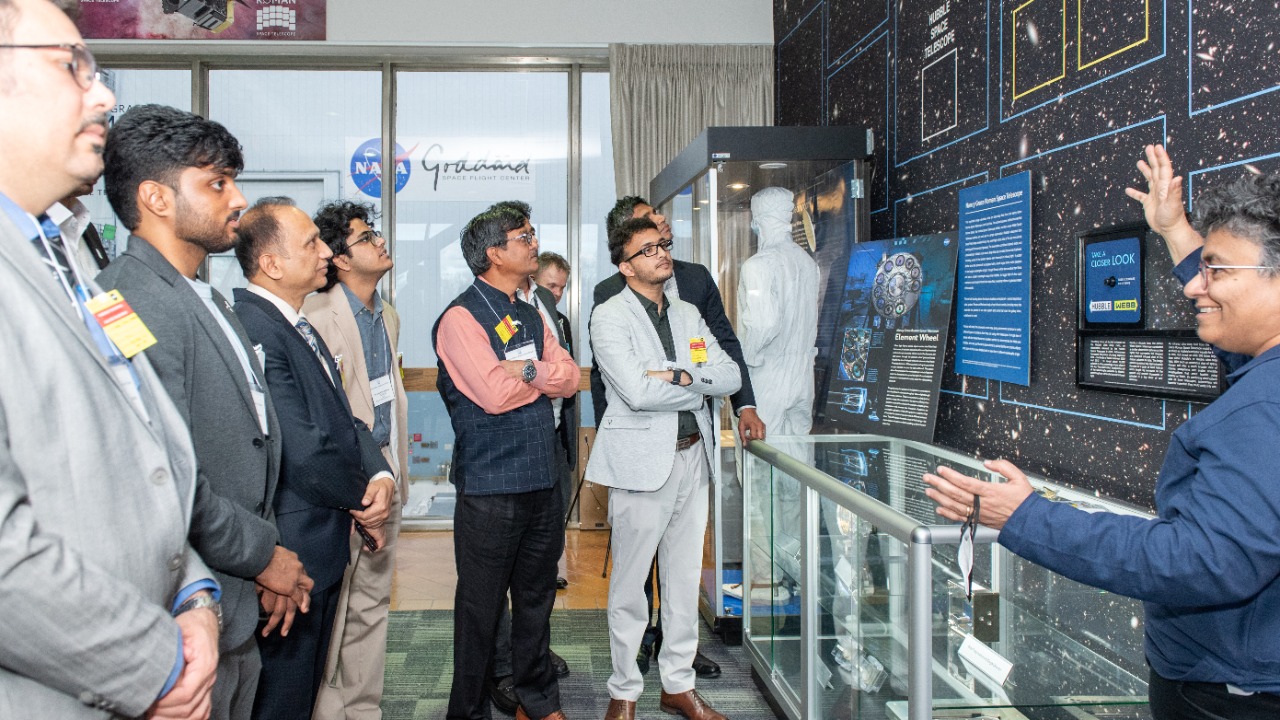
In response to the financial challenges, NASA is exploring various strategies to adapt its operations and sustain its mission objectives. The agency is actively seeking partnerships with private sector companies and international space agencies to share resources and expertise. These collaborations aim to enhance NASA’s capabilities while reducing costs, allowing the agency to continue its exploration efforts despite budgetary constraints.
NASA is also focusing on innovation and efficiency, leveraging new technologies and methodologies to maximize the impact of its research. By prioritizing key projects and optimizing resource allocation, NASA aims to maintain its position as a leader in space exploration and scientific discovery. These strategic adaptations demonstrate the agency’s resilience and commitment to overcoming financial challenges.
To further bolster its strategic adaptations, NASA is investing in the development of more cost-effective technologies and processes. This includes the implementation of modular spacecraft designs that can be easily upgraded or repurposed for different missions, thereby reducing the need for entirely new builds. Such innovations not only cut costs but also enhance the agency’s flexibility in responding to new scientific opportunities and challenges.
Additionally, NASA is expanding its educational outreach and public engagement efforts to foster a deeper understanding of its mission and the importance of space exploration. By cultivating a new generation of space enthusiasts and potential collaborators, NASA aims to build a robust support network that can advocate for its initiatives and help secure future funding. These efforts are crucial in ensuring that NASA remains at the forefront of space exploration, even as it navigates financial uncertainties.
Future Prospects for NASA
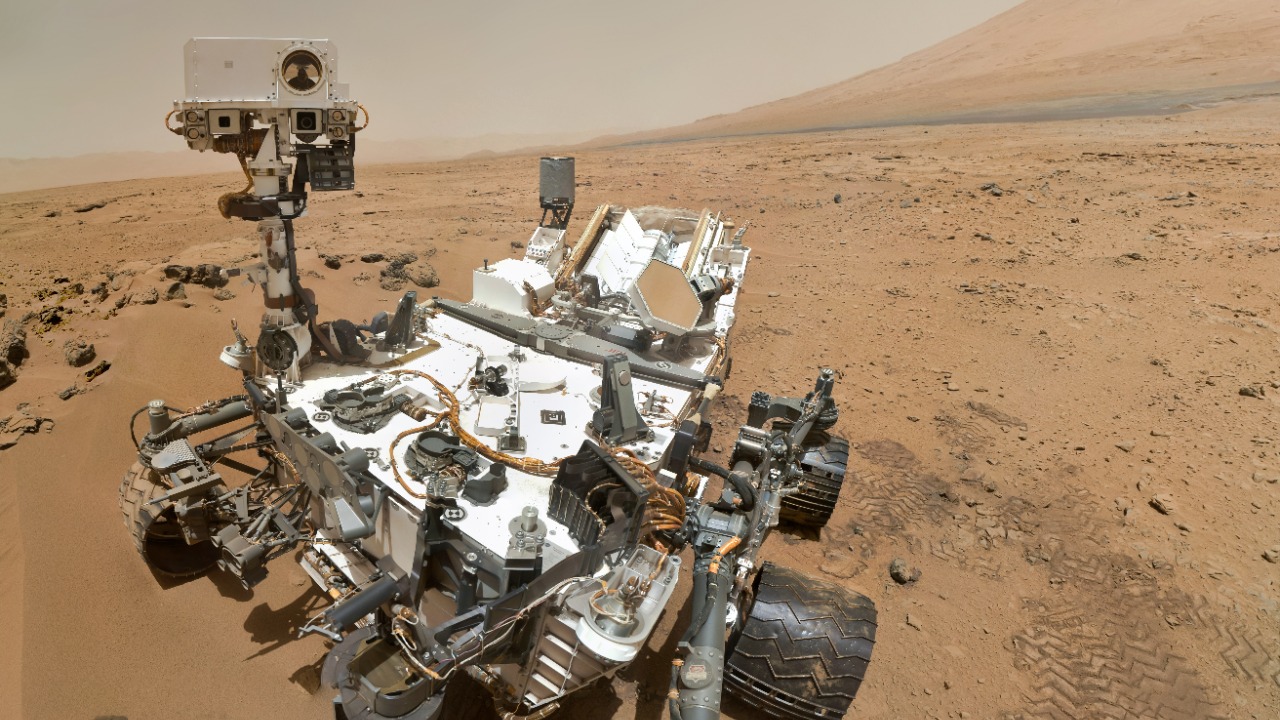
The long-term effects of current budgetary challenges on NASA’s exploration goals and scientific research remain uncertain. However, the agency’s proactive approach to adapting its strategies and fostering partnerships offers hope for continued progress. Emerging technologies, such as artificial intelligence and advanced robotics, hold the potential to revolutionize space exploration, providing new opportunities for discovery and innovation.
Private sector partnerships are expected to play a crucial role in shaping NASA’s future trajectory, offering additional resources and expertise to support the agency’s mission. By embracing these collaborations and leveraging cutting-edge technologies, NASA can continue to advance its exploration goals and contribute to our understanding of the universe, even in the face of financial constraints.
Looking ahead, NASA is poised to leverage emerging technologies to enhance its exploratory capabilities. The integration of artificial intelligence in mission planning and data analysis is expected to streamline operations and yield more precise scientific results. This technological evolution is anticipated to open new frontiers in space exploration, enabling more ambitious missions that were previously considered too complex or costly.
Moreover, NASA’s commitment to sustainability and environmental stewardship is shaping its future projects. The agency is exploring eco-friendly propulsion systems and sustainable resource utilization techniques for long-duration missions. These initiatives not only align with global sustainability goals but also position NASA as a leader in responsible space exploration. By prioritizing these advancements, NASA is setting the stage for a future where space exploration is both innovative and sustainable, ensuring its continued relevance and impact.